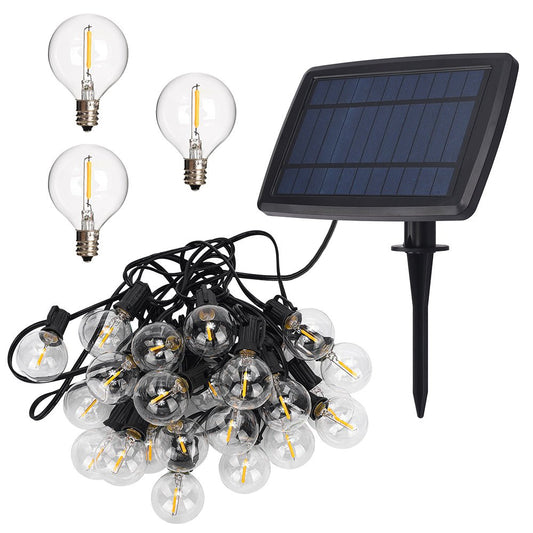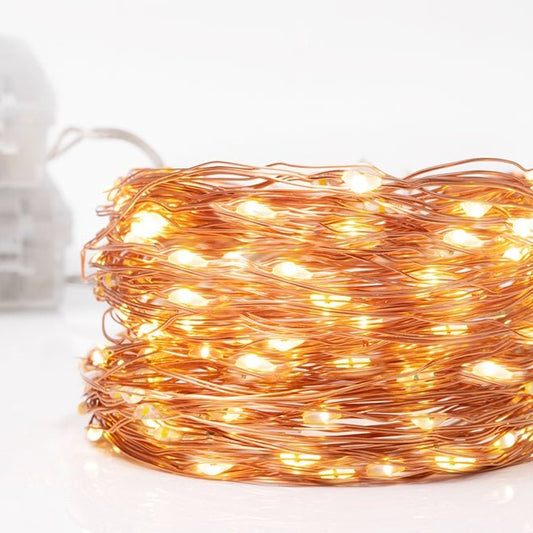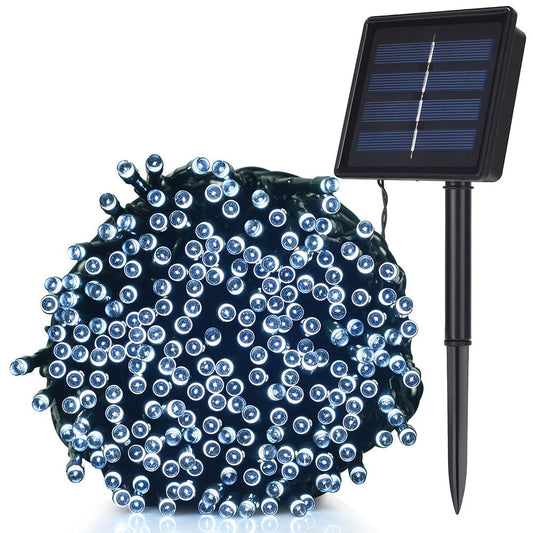-

 19% off
19% offAries RGB Micro-LED String Fairy Light with Power Adaptor & Remote Control
Regular price £12.71Sale price £12.71 Regular priceUnit price per£18.00Low stockMore options
2 Sizes -

 23% off
23% offCanopus Solar LED String Light 200 LEDs 22 metre
Regular price £12.75Sale price £12.75 Regular priceUnit price per£16.20Regular price £10.19Sale price £10.19 Regular priceUnit price per£13.30Regular price £10.19Sale price £10.19 Regular priceUnit price per£13.30In stockIn stock In stock -

 6% off
6% offCastor LED Bulb String Globe Golf Ball G40 E12 Weatherproof Festoon Light
Regular price £24.01Sale price £24.01 Regular priceUnit price per£33.80In stockMore options
6 Sizes -

 32% off
32% offCastor Solar LED Bulb String 25pcs Globe G40 7.6m with USB Charging Port Weatherproof Festoon Light
Regular price £27.52Sale price £27.52 Regular priceUnit price per£39.00In stockMore options
2 Sizes -

 Sold out
Sold outMensa 2 Sets of Micro-LED 100 LEDs 10m with Battery Pack & USB Cable Warm White LED String Fairy Light
Regular price £10.19Sale price £10.19 Regular priceUnit price per£15.00Out of stock -

 14% off
14% offPollux LED Edison Bulb String Festoon Light ST14 IP65 Waterproof
Regular price £36.02Sale price £36.02 Regular priceUnit price per£47.00In stockMore options
4 Sizes
To help you choose the right product, we’ve answered some of the most common questions our customers ask:
What are festoon lights?
Festoon lights are decorative lights that consist of multiple bulbs strung along a cable. They create a warm and inviting atmosphere and are commonly used for parties, weddings, or to add a touch of personality to outdoor spaces.
Are festoon lights suitable for outdoor use?
Many festoon lights are designed specifically for outdoor use. Look for lights with an IP rating (Ingress Protection) of IP44 or higher, as this indicates they are weatherproof and can withstand rain and other outdoor elements. Just double check the product description for the IP rating, if there is one.
What different types of festoon lights are available?
Festoon lights come in a variety of styles, including those with traditional incandescent bulbs, LED bulbs and solar-powered options. LED festoon lights are energy-efficient and long-lasting, while solar-powered options offer the convenience of not needing mains power. You can also choose from various bulb shapes and sizes, such as globe, golf ball, and Edison bulbs.











